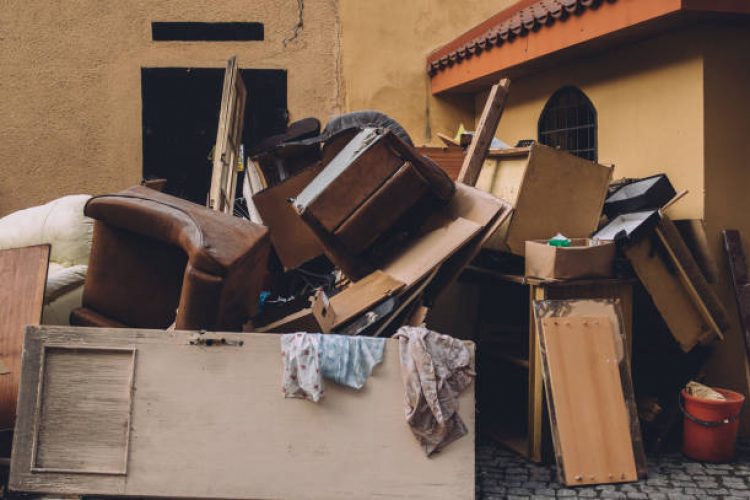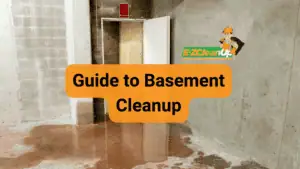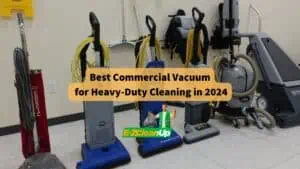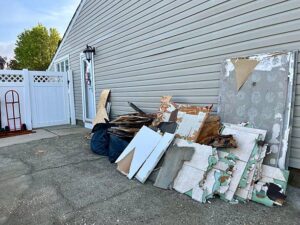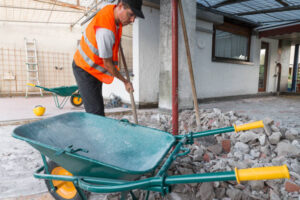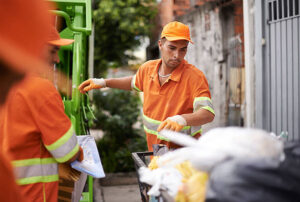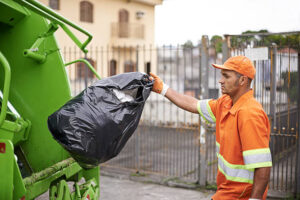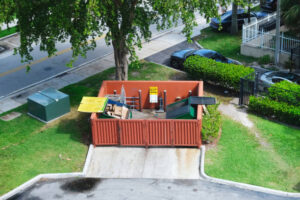When natural disasters strike—whether hurricanes, floods, wildfires, earthquakes, or tornadoes—the devastation left behind can be overwhelming. Among the most critical yet often overlooked aspects of disaster recovery is professional junk removal and debris management. Understanding the vital role these services play can mean the difference between a swift recovery and prolonged community disruption.
Why Junk Removal Is Critical After Disasters
Junk removal services play an important role in the aftermath of natural disasters, as these events leave behind significant debris and hazards that can pose safety risks and obstruct recovery efforts. The immediate removal of disaster-generated debris serves multiple essential functions that extend far beyond simple cleanup.
Protecting Public Health and Safety
Debris poses significant safety risks to residents, emergency responders, and recovery workers, as sharp objects, contaminated materials, and unstable structures can cause injuries and hinder relief efforts. Accumulated debris can also become breeding grounds for bacteria, mold, and disease-carrying pests, creating serious public health hazards in affected communities.
Restoring Critical Infrastructure
Debris obstructs transportation networks, blocking roads, bridges, and access to critical infrastructure, which hampers rescue operations and delays the delivery of essential supplies and services. Quick debris removal enables emergency vehicles to reach affected areas, allows utilities to restore power and water services, and helps businesses reopen faster.
Accelerating Economic Recovery
A key benefit of professional junk removal services in disaster cleanup is speed, as clearing debris quickly helps companies reopen sooner, rebuild homes, and restore vital services. The faster communities can clear debris, the sooner reconstruction can begin, minimizing long-term economic impacts.
Types of Disaster Debris Requiring Professional Removal
Natural disasters generate diverse categories of debris, each requiring specialized handling:
- Vegetative Debris: Fallen trees, branches, stumps, and landscaping materials
- Construction Debris: Building materials including bricks, concrete, metal, shingles, and drywall
- Household Items: Water-damaged furniture, appliances, carpeting, and personal belongings
- Hazardous Materials: Chemicals, asbestos, contaminated waste, and other dangerous substances
- Vehicles and Equipment: Damaged cars, boats, and heavy machinery
Disasters produce vast amounts of debris that can overwhelm local waste management systems—Hurricane Harvey generated an estimated 200 to 300 million cubic yards of waste in Texas.
The Professional Junk Removal Process in Disaster Response
Rapid Mobilization and Assessment
Commercial junk removal services have the equipment, knowledge, and manpower to handle large-scale cleanups swiftly, removing everything from broken building components to waterlogged furniture and fallen trees. Professional teams conduct thorough site assessments to identify hazards, prioritize removal efforts, and develop strategic cleanup plans.
Safety-First Approach
Disaster areas are filled with hazards from exposed nails and broken glass to contaminated water and shaky construction, so professional junk removal crews adhere to strict safety procedures, wearing protective clothing and handling materials responsibly.
Proper Waste Segregation and Disposal
Responsible debris management involves careful sorting of materials into recyclable, hazardous, and disposable categories. This approach reduces environmental impact and ensures compliance with federal, state, and local regulations governing disaster waste management.
Coordination with Authorities
Various organizations play a pivotal role in the removal of debris after emergencies, including local governments, public works departments, and disaster management agencies that collaborate with specialized debris removal companies, contractors, and non-profit organizations.
FEMA and EPA Guidelines for Disaster Debris Removal
Professional junk removal companies operating in disaster zones must comply with strict federal guidelines. Debris removal activities, such as clearance, removal, recycling and disposal are eligible under Public Assistance Category A if the removal is in the public interest, among other factors.
For debris removal to be eligible for Public Assistance funding, the debris must be a direct result of the federally declared disaster, the applicant must have a legal obligation to remove the hazardous items, and the removal must eliminate an immediate threat to lives or ensure the economic recovery of the affected community.
The EPA provides comprehensive planning tools and guidance to help communities prepare for disaster waste management, ensuring environmental protection throughout the recovery process.
The Long-Term Benefits of Professional Disaster Junk Removal
Community Recovery and Rebuilding
Commercial junk removal services help communities rebuild after disasters by offering the knowledge, personnel, and equipment required to rapidly, safely, and responsibly clear debris, guaranteeing a better, faster, and safer recovery procedure.
Environmental Protection
Effective debris removal is essential for restoring infrastructure, facilitating recovery, and ensuring the safety and well-being of affected communities. Professional services employ eco-conscious disposal methods, maximizing recycling opportunities and minimizing landfill impact.
Preventing Secondary Disasters
It’s best to start removing debris as soon as it’s safe to do so, as prompt removal helps prevent further damage, reduces safety risks, and allows for quicker recovery. Delayed debris removal can lead to additional property damage, environmental contamination, and increased health hazards.
Why Communities Should Partner with Professional Junk Removal Services
Although there is a temptation to personally manage disaster cleanups, hiring a professional service is the best way to go, as disaster debris clearance requires knowledge in safe disposal and heavy equipment—it’s not a typical cleanup task.
Professional junk removal companies bring:
- Specialized Equipment: Heavy machinery, protective gear, and specialized vehicles
- Trained Personnel: Teams experienced in hazardous material handling and safety protocols
- Regulatory Knowledge: Understanding of FEMA requirements and EPA guidelines
- Insurance Coverage: Protection for property owners and communities
- Efficiency: Rapid response capabilities that accelerate recovery timelines
Conclusion: Junk Removal as a Cornerstone of Disaster Recovery
Commercial junk removal services are one of the most important but sometimes disregarded components of disaster recovery, as clearing waste, guaranteeing safety, and speeding the rebuilding process mostly depend on these services.
As natural disasters become more frequent and severe, the importance of professional junk removal services in disaster response will only continue to grow. Communities that invest in pre-disaster planning, establish relationships with qualified junk removal companies, and understand federal assistance programs will be better positioned to recover quickly and safely when disaster strikes.
Whether you’re a homeowner, business owner, or municipal leader, recognizing the essential role of professional junk removal in disaster cleanup is crucial for building resilient communities capable of weathering and recovering from nature’s most devastating events.
References
- Federal Emergency Management Agency (FEMA). “Debris Removal.” FEMA.gov. https://www.fema.gov/assistance/public/process/debris-removal
- U.S. Environmental Protection Agency (EPA). “All-Hazards Waste Management Planning Tool.” EPA.gov. https://www.epa.gov/disaster-debris/all-hazards-waste-management-planning-tool
- EZ CleanUp. “Safe Junk Removal After a Natural Disaster.” EZ CleanUp Blog. https://ezcleanup.com/safely-remove-junk-after-natural-disaster/
- Mosaic51. “The Vital Role of Debris Removal Post Disaster & Emergencies.” Mosaic51 Community Resources. https://www.mosaic51.com/community/debris-removal-post-disaster-emergencies/
- Vocal Media. “The Role of Commercial Junk Removal in Disaster Cleanup and Recovery.” Vocal Writers. https://vocal.media/writers/the-role-of-commercial-junk-removal-in-disaster-cleanup-and-recovery

